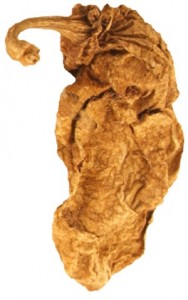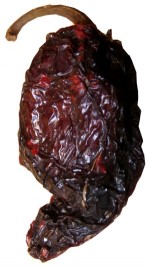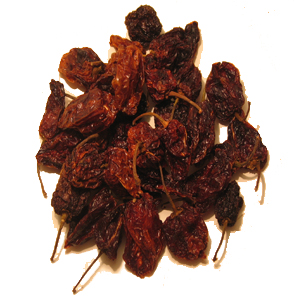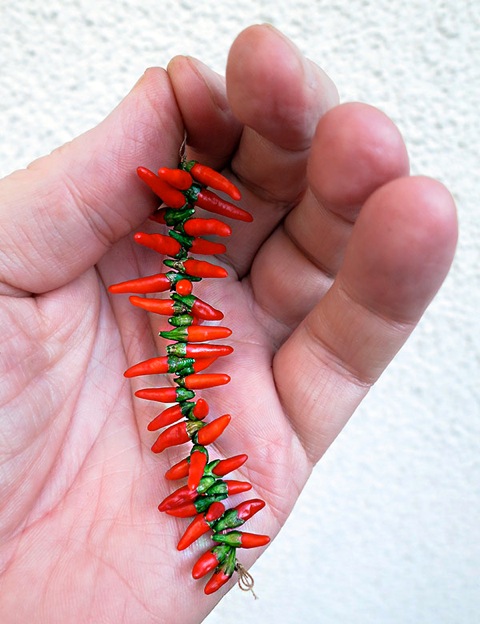Generally speaking, chipotle in English refers to any smoked chile pepper. The Spanish word chipotle is a contraction of chilpotle in the Náhuatl language of the Aztecs, where chil referred to the hot pepper and potle was derived from poctli, meaning smoked. The word was apparently reversed from Náhuatl, where it originally was spelled pochilli. Other early spellings in Mexico are tzilpoctil, tzonchilli, and texochilli.

The classic chipotle, Típico, is grayish-tan, quite stiff, and is often described as looking like a cigar butt.
Bernardino de Sahagún, a Spanish friar who lived in Mexico in the early 1500s, described a dish called teatzin which was served in Cholula in the state of Puebla. It contained a combination of chipotle and pasilla sauces for stewing fresh jalapeños and lenten palm flowers.

Other varieties of smoked jalapeños are often mistaken for the típico chipotle. The most common one is called Morita, shown here.

Can you make smoked habanero? You bet.
For more info on chipotles, check out Dave’s story at Fiery Foods Central.
The following two tabs change content below.


Publisher | Christened the "Pope of Peppers" by The New York Times, Dave DeWitt is a food historian and one of the foremost authorities in the world on chile peppers, spices, and spicy foods.
Latest posts by Dave DeWitt (see all)
- Enchiladas Verdes con Chile Pasado - 02/08/2023
- Smoked Oysters with Ancho Chile Sauce - 01/13/2023
- Machaca Sierra Madre - 01/11/2023








